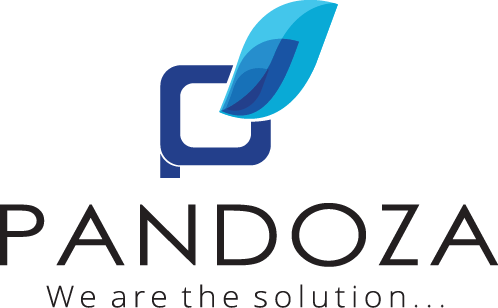The surge in employee discontent is a pressing issue that warrants an in-depth examination from an employee’s perspective. In this article, we will dissect the primary factors driving unhappiness at work and propose innovative solutions to tackle these issues.
Overrwhelming Work loads
The undue burden of excessive workloads is a primary catalyst for employee unhappiness. Employees are increasingly required to produce more within stringent timeframes, pushing them to the brink of burnout and stress. The pressure to meet tight deadlines and surpass targets leaves employees physically and mentally drained, fueling dissatisfaction.
The Elusive Work-Life Balance
The distinction between personal and professional life is blurring in the era of remote work and digital interconnectedness. Employees feel the perpetual need to remain “always on,” leading to the erosion of personal time. This imbalance results in growing frustration and, consequently, unhappiness.
Compensation Disparities
Compensation stands as a pivotal driver of job satisfaction. Stagnant wages, income inequality, and escalating living costs exacerbate financial stress, kindling employee resentment and discontent.
The Management Conundrum
Incompetent management is a formidable impediment to employee contentment. It gives rise to frustration, communication breakdowns, and demotivation—the absence of recognition and appreciation for employees’ contributions further fuels discontent.
The absence of Career Development
The absence of opportunities for career growth is a critical concern. Stagnation and the need for more well-defined paths for advancement force employees to question their place in the organization, deepening their discontent.
The Toxic Work Environment
A workplace rife with toxicity, encompassing harassment and discrimination, harms employee well-being. Such an environment breeds mental health issues, exacerbating unhappiness.
The Looming Job Insecurity
The spectre of job loss or instability looms large, fostering heightened stress and anxiety among employees. It becomes increasingly challenging for employees to concentrate on their work, undermining their productivity.
The Quest for Autonomy
Micromanagement and rigid work structures stifle creativity and autonomy, leaving employees feeling undervalued and powerless. This injects a sense of disillusionment, contributing to their unhappiness.
Struggling with Work-Life Integration
Balancing personal and professional commitments is pivotal for well-being. Work demands that make it arduous to meet personal responsibilities lead to dissatisfaction.
The Cry for Recognition and Appreciation
Acknowledgement and appreciation of contributions are vital for job satisfaction. Employees without recognition for their hard work often feel demotivated, sacrificing their happiness.
Innovative Solutions to Tackle Unhappiness at Work
Workload Innovation: Employers must adopt data-driven workload management systems that optimize work allocation, preventing burnout. Introduce AI-driven scheduling tools to ensure equitable work distribution and promote employee well-being.
Embrace Remote Work: In the age of connectivity, encourage remote work and offer stipends for home office setup. Mandate time off and enforce strict after-hours disconnection to restore the work-life balance.
Dynamic Compensation Models: Develop innovative compensation structures, including profit-sharing or stock options. Regularly reassess salaries to remain competitive. Employ performance-linked bonuses to reward excellence.
Mentorship for Management: Establish a mentorship program for managers to hone their leadership skills. Employ AI tools for continuous feedback to rectify leadership gaps and enhance recognition of employees’ efforts.
Personalized Career Development: Implement a customized approach to career growth. Leverage AI-driven career development platforms to offer tailored paths for each employee, ensuring they feel valued and motivated.
Cultivate Inclusivity: Develop a comprehensive diversity and inclusion program to foster a healthy work culture. Invest in regular awareness training to eradicate harassment and discrimination.
Enhanced Job Security Communication: Employ transparent communication about job security. Launch proactive employee assistance programs to ease anxiety during turbulent times.
Empower with Autonomy: Encourage a culture of autonomy and empowerment. Implement collaborative workspaces and agile management practices to boost creativity and employee morale.
Support Work-Life Integration: Develop flexible work schedules and provide extended parental leave. Offer resources for remote learning and childcare, fostering an ideal balance between professional and personal life.
Continuous Recognition: Launch a digital recognition and appreciation platform where peers and managers can celebrate employees’ achievements in real time. Use gamification to encourage a culture of appreciation.
Conclusion
Unhappiness at work is a mounting concern that casts a pall over employees’ lives. Organizations can unlock innovation and boost employee morale by proactively addressing issues like workload, work-life balance, compensation, management, and job security. Fostering a supportive, dynamic work environment that empowers employees with autonomy, continuous recognition, and career development opportunities will elevate job satisfaction and overall happiness at work.






